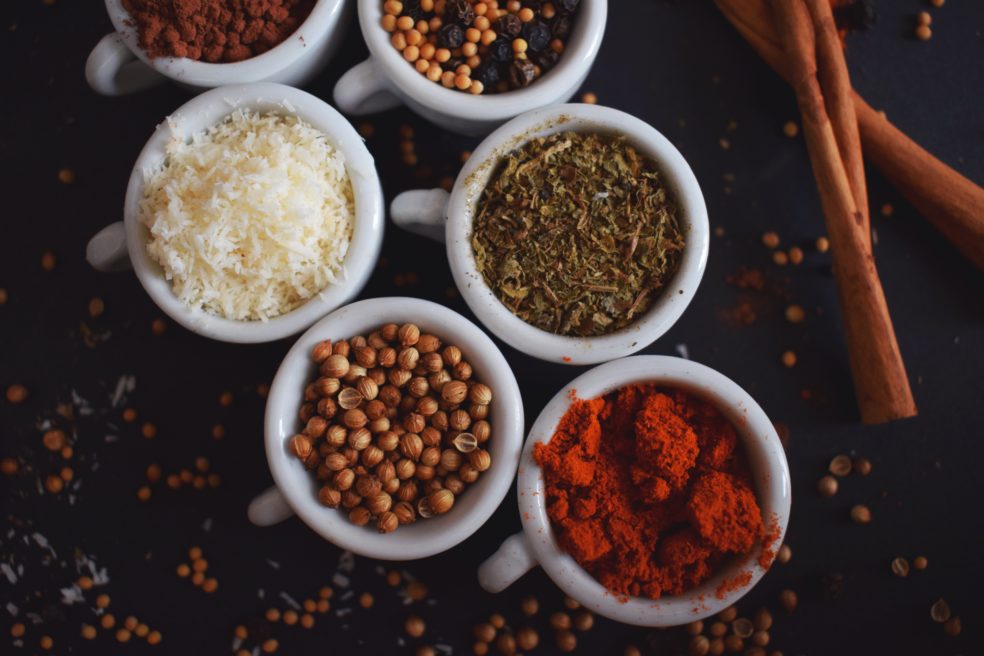Food Condiments in China: Three Opportunities
During China’s COVID-19 lockdowns (when restaurants did not operate and home cooking became the only choice), the demand for condiments experienced a surge in attention. But generally, as daily necessities, the consumption of condiment by both businesses and consumers is unlikely to be affected by economic fluctuations and will remain strong. It is estimated that China’s condiment market will reach 513 billion yuan in 2022 and 788 billion yuan in 2025 (CAGR of 9%).
Given the vast size of the country, the market for condiments is huge, but also more fragmented compared with developed countries. For example, Haitian, the key player in soy sauce (the most common condiment in China) only has 20% market share, but Japanese brand Kikkoman accounts for over 80% in Japan. This figure hints that the market retains potential for both leading players and new entrants.

Driven by rising consumption power, demand upgrade, and new urban lifestyles, we see three major trends for the condiment market in China.
Go “Compound”
Soy sauce, vinegar, oyster sauce, cooking wine, salt, sugar, jijing (“essence of chicken”) are must-haves in Chinese families; they all belong to “single seasonings” with one main raw material. The “compound seasoning” has more than one material to create the taste of specific dishes such as Mapo Tofu (a famous Chinese dish). Generally, the compound seasoning is not as common as the single type – but it has been gaining popularity especially among the youngsters.
Why? For one thing, it satisfies the needs of young office workers who do not want to spend much time and efforts on cooking. Since it does not require sophisticated understanding about the sequence and dose for each type of the condiment in traditional way, you just put it in, and it’s done. In 2020, the proportion of compound condiments in the US, Japan and South Korea reached 73%, 66%, and 59% respectively, while in China the figure was only 26%. This gap indicates room for further growth.
Go “High-end”
High-end condiment products are emerging in recent years along with a general consumption upgrade. Behind the "high-end" label stands customers' increasing health concerns. Nowadays, the green and healthy lifestyle has been gradually penetrating a larger population thus driving health-oriented consumptions.
In terms of condiments, customer considerations go beyond taste, brand and price: popular health-related concepts such as organic, low in salt and calories, gluten-free and zero additives are gaining wide attention. Though these health-labelled products are 2-5x the price of the normal type, a specific group of customers still would be willing to pay.
Expand to “Western Cuisine”
Given the difference between Chinese and Western foods, the market for Western condiments is not that sizable yet. China’s condiment market does lack variety compared to Japan and Korea. However, more people are homemaking salad, steaks and pastas where foreign condiments are needed. Now the most popular foreign condiment types are ketchup, salad dressings, and pepper, but with the rise of the fusion recipe, the wide acceptance of western cuisine, condiments such as mayonnaise, mustard, balsamic vinegar are classic categories worthy of investing for condiment companies.





